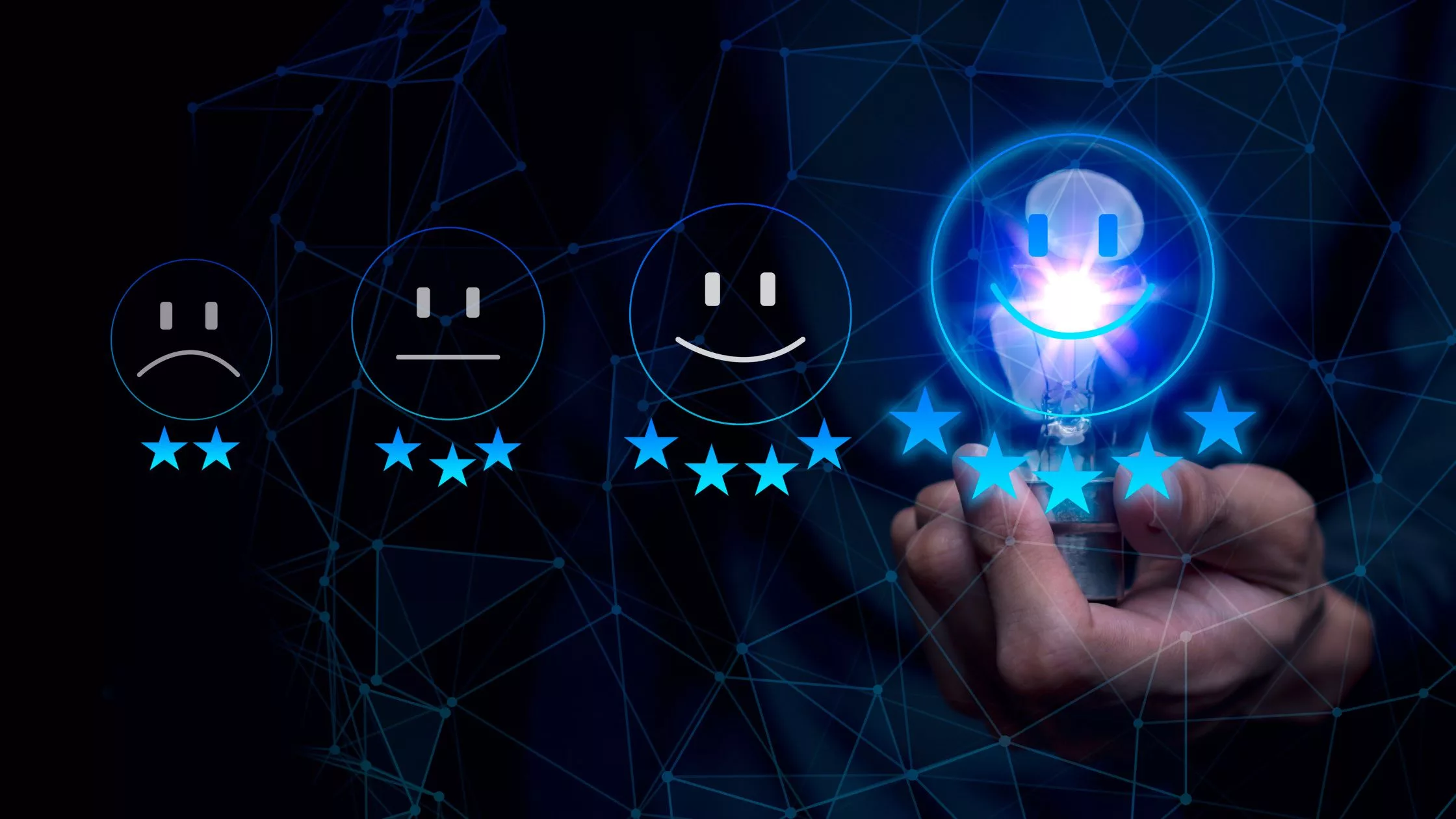Blog Details
Unlocking Tomorrow’s Lending: Transforming Customer Experience with Digital Lending Platforms – The Evolution of Banks and NBFCs
Thinking about the future of lending is a bit like embarking on a journey towards simpler processes, better decisions, and happier customers. Imagine this: Your customer has finally found their dream home – a place to make memories and build a future. But then reality hits hard as they face the daunting task of securing a home loan. Endless paperwork, back-and-forth with lenders, and the agonizing wait for approval – it’s enough to make anyone reconsider their dream.
Luckily, the future of lending is here, and it’s all about digital lending platforms. These innovative tools are changing the game, making the home loan process and other lending products smoother and more efficient. Unlike traditional lenders, digital lending platforms prioritize a seamless, digital-first approach. They’re revolutionizing the lending experience, slashing decision times from days to mere minutes.
Let’s take a closer look at how these digital lending platforms are turning the lending game on its head:
Streamlined Processes: The Power of Straight-Through Processing (STP)
Digital lending platforms are creating a huge impact in lending landscape by automating manual tasks and workflows through Straight-Through Processing (STP). Picture a borrower applying for a loan. Traditionally, this meant drowning in paperwork, human verification, and days (or even weeks) of waiting. STP changes all that. By integrating with bank accounts, credit bureaus, and other data sources, these platforms can verify information electronically, make credit decisions based on preset rules, and disburse funds – all in a matter of minutes.
STP can cut loan processing times by a whopping 70%, resulting in faster approvals and happier customers.
Beyond Traditional Data: Embracing Alternative Data for Informed Decisions
One of the biggest hurdles for new borrowers has always been the lack of a robust credit history. Traditional lenders rely heavily on credit scores, which often leave out a significant portion of the population. However, modern digital lending platforms are breaking down this barrier by incorporating alternative data sources with the help of AI. This includes analysing a borrower’s digital footprint – their spending habits through online transactions, bill payments, and even social media activity – to paint a more holistic financial picture.

This allows lenders to reach new customer segments, promoting financial inclusion and economic growth.
Go/No-Go Decisions: Unlocking Efficiency with AI-powered Models
Traditionally, waiting for a loan decision felt like an eternity. You’d submit the application and then endure a nerve-wracking period of silence, wondering if the loan was approved. Digital lending platforms are changing that narrative. Here’s the secret weapon: AI-powered models. These smarter algorithms analyse vast datasets – including credit scores, alternative data points like bill payment history, and even online financial behaviour. By crunching all this information, AI can make instant “go/no-go” decisions on loan applications. This means no more waiting in anxious limbo. Lenders can provide a clear answer quickly, enhancing the customer’s lending experience. It’s all about transparency and efficiency.
Protecting Against Fraud in the Digital Age
As lending moves online, the risk of fraud becomes a critical concern. Digital lending platforms employ robust security measures to protect both borrowers and lenders. These include multi-factor authentication, identity verification through facial recognition, and real-time transaction monitoring for suspicious activity. By implementing these measures, lenders can build trust and create a secure lending environment.
Parameterized and Scalable Solution
Modern digital lending platforms offer banks a dynamic and scalable solution, allowing for faster market entry and system expansion. These platforms provide ready-made lending journeys that can be easily customized to meet the unique needs of different borrower segments. Through user-controlled Master Data Management accessible via the front-end interface, lenders can seamlessly adjust rule parameters, ensuring flexibility and a smooth borrower experience. This includes implementing intelligent deviation rules for exceptions, such as when a borrower’s credit score falls slightly below the standard threshold.
For example, if a borrower’s credit score is marginally lower, the deviation rule can assess additional factors like employment history, income stability, and past repayment behaviour to determine creditworthiness. If these factors demonstrate strong financial stability despite the lower credit score, the deviation rule allows the loan application to proceed for further evaluation rather than outright denial. This agility enhances the overall borrower journey, providing a tailored and responsive lending experience while maintaining prudent risk management practices.
Cloud-based lending platforms can reduce time-to-market for new loan products by up to 70% – Accenture
Generative AI: Personalizing the Customer Experience
Generative AI, a subfield of AI that can create new data, is revolutionizing the lending experience. Imagine a platform that can offer personalized loan recommendations based on a borrower’s specific needs and financial profile. This technology can even tailor loan terms and interest rates to incentivize responsible borrowing habits. By leveraging generative AI, platforms can create a more engaging and personalized customer experience.
The Road Ahead: Embracing the Future of Lending
The adoption of next-generation digital lending platforms is rapidly reshaping the lending landscape. For banks and NBFCs, these platforms offer numerous advantages – faster processing times, wider reach, and improved risk management. But the real winners are the borrowers. They benefit from a faster, more transparent, and ultimately more inclusive lending experience. As technology continues to evolve, we can expect even more innovative solutions that will further revolutionize the way we borrow and lend money.
In conclusion, the future of lending is undeniably digital. By embracing digital lending platforms, banks, NBFCs, and borrowers alike stand to reap the rewards of a more efficient, transparent, and customer-centric lending ecosystem. As we navigate this transformative journey, one thing remains certain – the future of lending is brighter than ever before.


